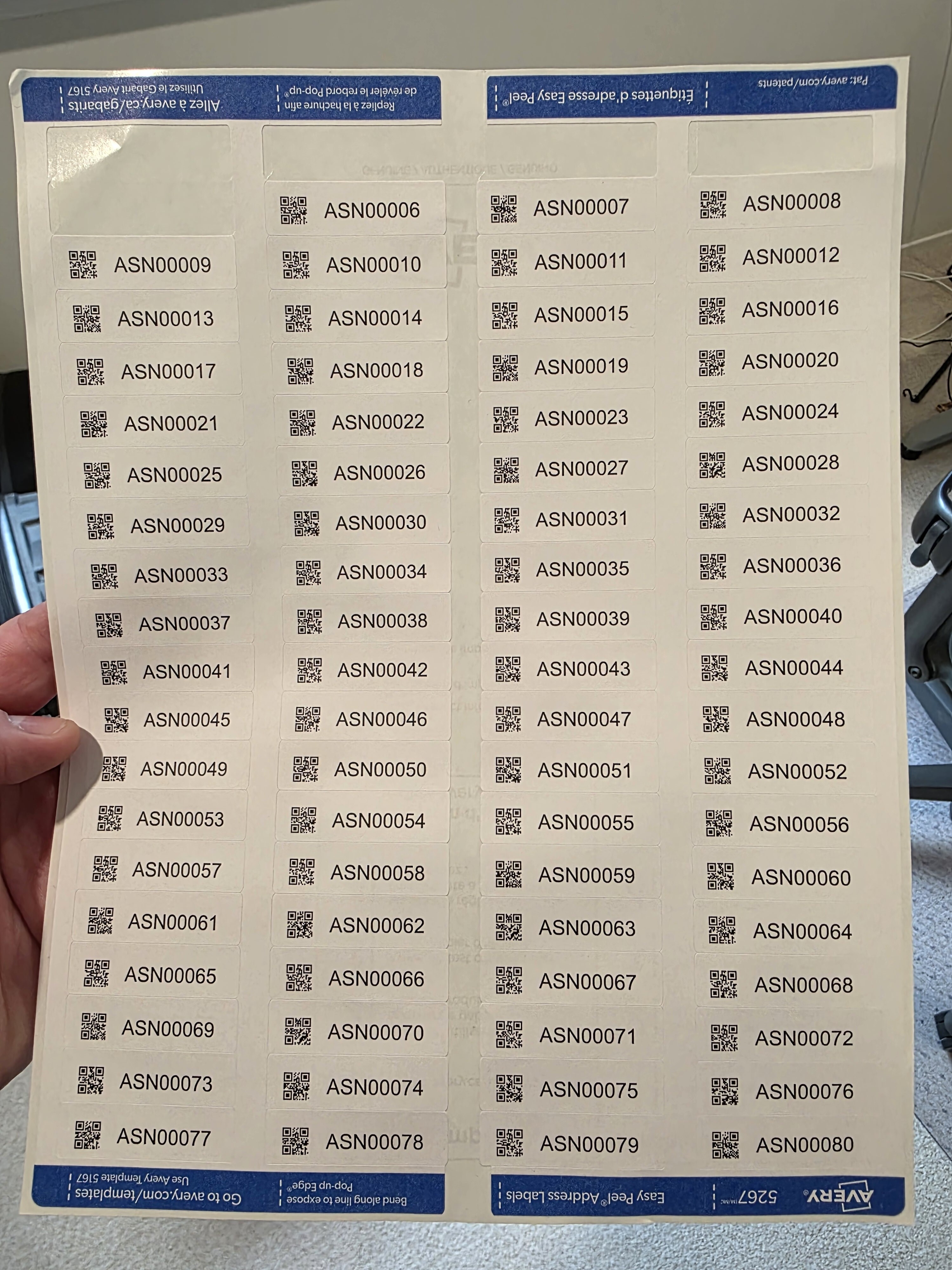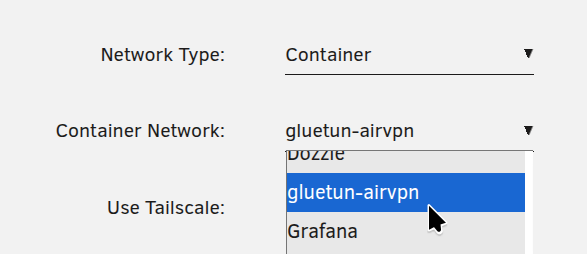Hi, I'm looking for some recommendations, mostly looking for pointers of where to go and look at/research stuff as I have no idea what is good and what is just well advertised.
Intro: I have finally entered the world of (almost) Gigabit internet, which is opening up options with what I can host.
I currently have:
- Pi hole on an actual RP (will probably remain there because its easy)
- Inbound Wireguard VPN on my old router (will stop working when my old ISP stops service) EDIT: my new ISB gave me a router, but it doesn't have VPN functionality
- Foundry VTT that I run up on my gaming machine when needed
I will probably also be upgrading my gaming PC in the next few months, so my current rig will probably be put behind the TV to use as a server and for couch gaming.
Info/recommendations I would like:
- VPN software (I want to VPN INTO my network) My goto would be wireguard, is that still a good option? (I assume I just port forward the VPN ports to the server?)
- Private cloud/File server: I both want to be able to occasionally (but permamently) host files publicly, but still have the main store be available on the local network only. Is that going to be two pieces of software, or just one?
- Is a local video streaming app actually useful for a rare watcher of movies etc, or can they be streamed directly from the file server? its something that I see a lot of people talk about, but don't really understand why...
- Is Docker the way to go for everything? or just install on the machine directly?
- ~Piracy~ VM - Enabling the virtualisation stuff for Docker mostly breaks virtualbox (at least on windows) any recommendations for how to nicely run a VM alongside docker (if that's the recommendation)?
- Should/Could I be hosting anything else? Foundry will probably be on there. I don't feel like I have a use for smart home stuff, so home assistant wouldn't be much use etc.

